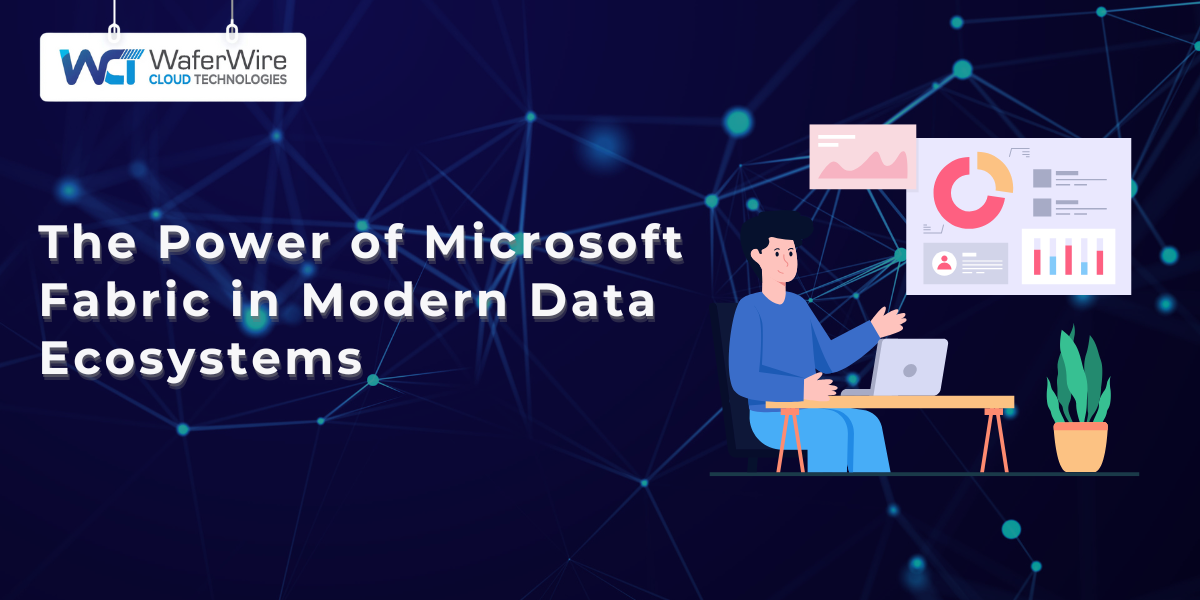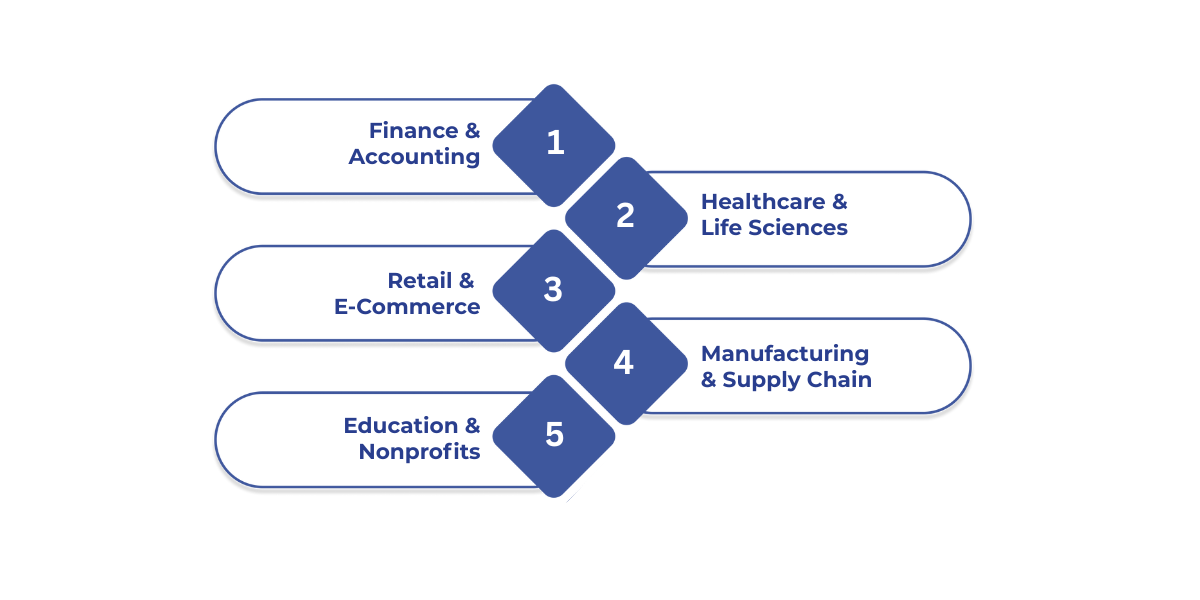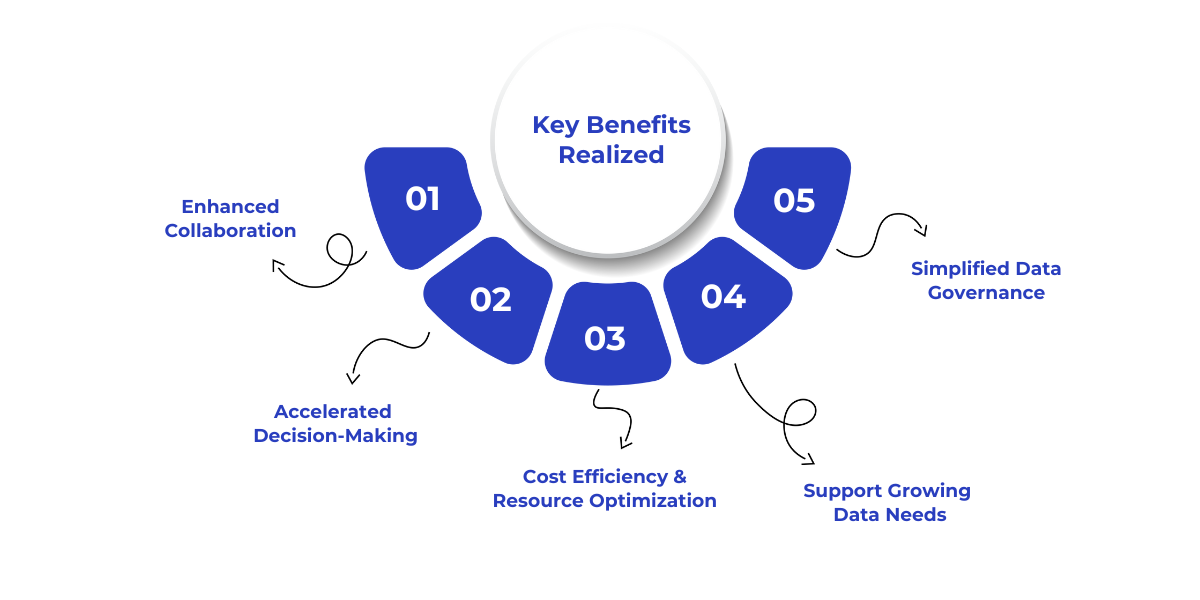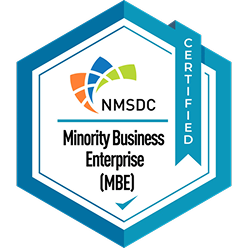

As businesses continue to evolve in an increasingly digital world, data has become one of their most valuable assets. However, managing and making sense of this data remains a challenge for many organizations. Microsoft Fabric is helping bridge that gap by providing a unified platform for data integration, analytics, and governance—making it easier for companies to turn their data into actionable insights.

In this section, we delve into several real-world case studies that demonstrate the transformative power of Microsoft Fabric across various sectors, including finance, healthcare, retail, manufacturing, and nonprofit organizations. Let’s explore how these organizations have successfully embraced Microsoft Fabric to overcome challenges and achieve measurable results.
BDO Belgium, a global accounting and consulting leader, faced delays in its M&A (merger and acquisition) analytics due to manual, spreadsheet-driven processes. These inefficiencies led to slower decision-making and hampered their ability to respond to client needs in real-time.
How Microsoft Fabric helped BDO:
By streamlining its data processes, BDO significantly improved the speed and accuracy of its M&A analysis, thereby enhancing its service delivery to clients.
PwC needed to accelerate the development of new analytics use cases, which typically took 18 months or more to roll out globally. This long onboarding process delayed the firm’s ability to provide timely insights to clients.
Microsoft Fabric’s impact at PwC:
With Microsoft Fabric, PwC accelerated its time to market and became more agile, enabling it to deliver faster insights and create more value for its clients.
Alltech, a global leader in animal health and nutrition, struggled with integrating data from different systems to track both its financial performance and sustainability efforts.
How Microsoft Fabric transformed Alltech’s operations:
By implementing Microsoft Fabric, Alltech streamlined its reporting processes and gained a better understanding of how its financial goals aligned with sustainability efforts.
Lunavi, a cloud services provider, assisted healthcare organizations in modernizing their data management with Microsoft Fabric. Managing vast amounts of patient data was a significant challenge, particularly in terms of compliance and regulatory requirements.
Key benefits of Microsoft Fabric for Lunavi’s healthcare clients:
This modernization enabled Lunavi’s healthcare clients to enhance patient care and operational efficiency while maintaining compliance with industry regulations.
One NZ, New Zealand’s largest telecommunications provider, needed to modernize its data operations to keep pace with the growing demand for fast and accurate customer service.
What Microsoft Fabric did for One NZ:
This shift enabled One NZ to deliver faster, more effective customer support, significantly boosting customer satisfaction levels.
Hitachi Solutions implemented Microsoft Fabric across over 70 manufacturing projects to improve resource allocation and project planning.
Key improvements with Microsoft Fabric:
Hitachi’s use of Microsoft Fabric enabled them to streamline their manufacturing operations, improving both productivity and cost management.
Degrees of Change, a nonprofit helping underprivileged students, faced challenges in managing its data and operations manually. With limited resources, the organization struggled to track donations, volunteers, and student progress effectively.
Microsoft Fabric helped automate and streamline operations:
With these improvements, Degrees of Change could focus more on its mission and less on administrative tasks, increasing its impact.

Microsoft Fabric’s impact extends far beyond simply providing a unified data platform. By offering robust features for data integration, analytics, and governance, the platform empowers organizations to drive meaningful business outcomes. Here are some of the key benefits realized by businesses across various industries that have adopted Microsoft Fabric:
One of the most significant advantages of Microsoft Fabric is its ability to break down data silos within organizations. By centralizing all data sources into a single platform, teams can access the same information in real time. This fosters collaboration and ensures that everyone is aligned, regardless of their department or geographic location.
In today’s fast-paced business environment, waiting for data to be processed or reports to be generated can lead to missed opportunities. Microsoft Fabric’s ability to process and analyze data in real-time gives businesses the agility they need to make informed, timely decisions.
Organizations often face rising costs associated with maintaining multiple disparate data systems and infrastructure. Microsoft Fabric provides a unified solution that not only reduces these costs but also enables organizations to optimize resources by automating tasks such as data integration, reporting, and analytics.
As businesses expand, their data needs grow exponentially. Microsoft Fabric’s cloud-native architecture provides the scalability required to manage vast amounts of data without sacrificing performance.
For organizations in regulated industries, ensuring data security and compliance is a top priority. Microsoft Fabric’s built-in governance and security features ensure that sensitive data is protected and meets regulatory standards, making it easier for businesses to maintain compliance.
.png)
Implementing Microsoft Fabric can be a game-changer for organizations seeking to modernize their data management and analytics strategies. However, like any significant technological transition, the process requires careful planning, collaboration, and ongoing support. Here are some best practices to ensure a successful implementation and maximize the benefits of Microsoft Fabric:
Why it matters: Successful implementation requires buy-in from all levels of the organization. By involving key stakeholders early, you ensure that Microsoft Fabric aligns with your business goals and that decision-makers understand its strategic value.
What to do:
Benefit: Early involvement promotes collaboration and ensures that Microsoft Fabric is tailored to meet the specific needs of each department, thereby boosting adoption and facilitating smoother integration.
Why it matters: Implementing Microsoft Fabric across the entire organization at once can overwhelm teams and introduce significant risks. A phased approach helps mitigate these risks by allowing you to test the platform’s capabilities on a smaller scale before full deployment.
What to do:
Benefit: A phased rollout reduces risks and allows for continuous improvement based on real-world feedback, ensuring a smoother transition.
Why it matters: Microsoft Fabric introduces powerful tools for data integration, analytics, and governance. Without proper training, users may struggle to maximize its potential. A well-supported training program ensures that employees are not only comfortable using the platform but can leverage it to its full capabilities.
What to do:
Benefit: Proper training enhances user confidence and adoption, resulting in improved utilization of Microsoft Fabric’s features and increased productivity.
Why it matters: One of the core strengths of Microsoft Fabric is its ability to consolidate and manage data. However, managing data effectively requires robust governance practices to ensure data accuracy, security, and compliance, particularly in highly regulated industries such as healthcare and finance.
What to do:
Benefit: Effective data governance not only ensures compliance but also fosters trust in the data, enabling better decision-making based on accurate and secure information.
Why it matters: Automation is crucial for enhancing efficiency and minimizing manual errors. Microsoft Fabric provides powerful automation tools that streamline data ingestion, transformation, and reporting processes, enabling teams to focus on high-value tasks.
What to do:
Benefit: Automation reduces the time spent on repetitive tasks, lowers the risk of human error, and accelerates decision-making by providing real-time data and insights.
Implementing Microsoft Fabric can transform how your organization manages, analyzes, and leverages data—but navigating the platform’s full potential requires expertise. WaferWire offers consultative, end-to-end support, from strategy and deployment to training, helping organizations integrate data seamlessly, modernize analytics, and tailor solutions to industry-specific needs.
By partnering with WaferWire, you gain a trusted advisor to ensure your Fabric adoption drives real business outcomes, enhances efficiency, and empowers teams with actionable insights.
Ready to unlock the full potential of your data with Microsoft Fabric? Connect with WaferWire today and start your transformation journey.
Q1: How does Microsoft Fabric support multi-cloud or hybrid cloud environments?
Microsoft Fabric is designed to integrate seamlessly with both on-premises systems and multiple cloud platforms, enabling organizations to manage hybrid environments without disrupting workflows or compromising performance.
Q2: Can small and medium-sized businesses benefit from Microsoft Fabric, or is it only for enterprises?
Yes, Fabric is scalable and flexible. SMBs can start with specific use cases or departments and expand as needed, gaining the same benefits of unified data analytics and governance as large enterprises.
Q3: How does Microsoft Fabric integrate with existing BI tools and analytics software?
Fabric offers built-in connectors and APIs that allow smooth integration with popular BI tools such as Power BI, Tableau, and other analytics platforms, making it easier to leverage existing investments.
Q4: What role do AI and machine learning play within Microsoft Fabric?
AI and ML capabilities are built into Fabric’s platform, enabling predictive analytics, anomaly detection, and automated insights, which help organizations make smarter, data-driven decisions.
Q5: How does Microsoft Fabric improve collaboration between IT teams and business users?
Fabric provides self-service analytics and a unified data platform, enabling business users to access insights independently of IT, while IT maintains governance, security, and oversight of data processes.

